Digital clouds on the horizon for finished vehicle logistics
The transport capacity shortage in finished vehicle deliveries could well be the next major disruption for the automotive industry. For Volvo Cars that means innovating to make the best use of available resources, which it is managing with its Over the Horizon planning strategy.
Coverage from Automotive Logistics and Supply Chain Europe 2023
-
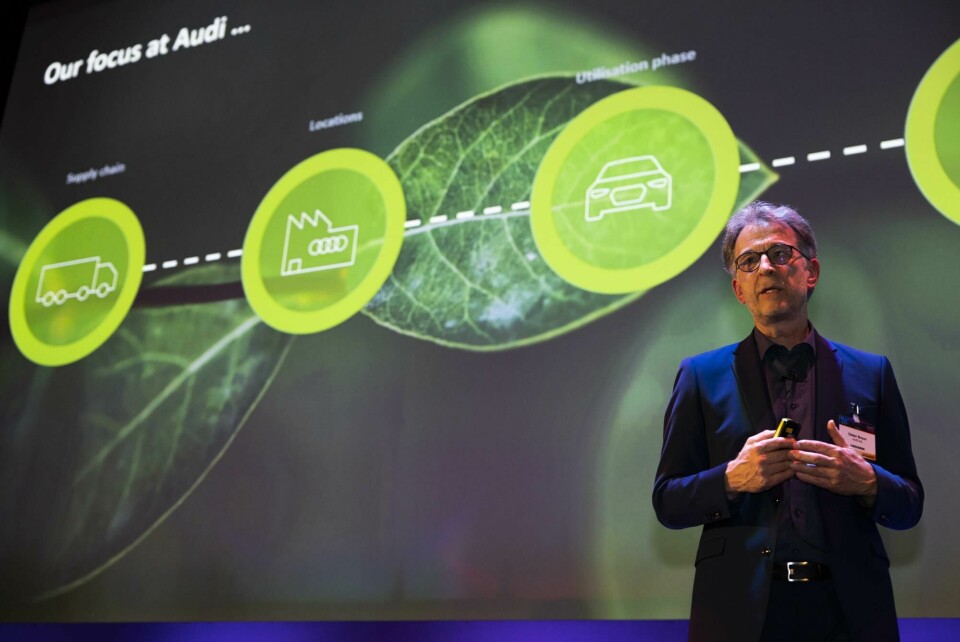
Audi’s ambitious strategy for a cleaner future
-
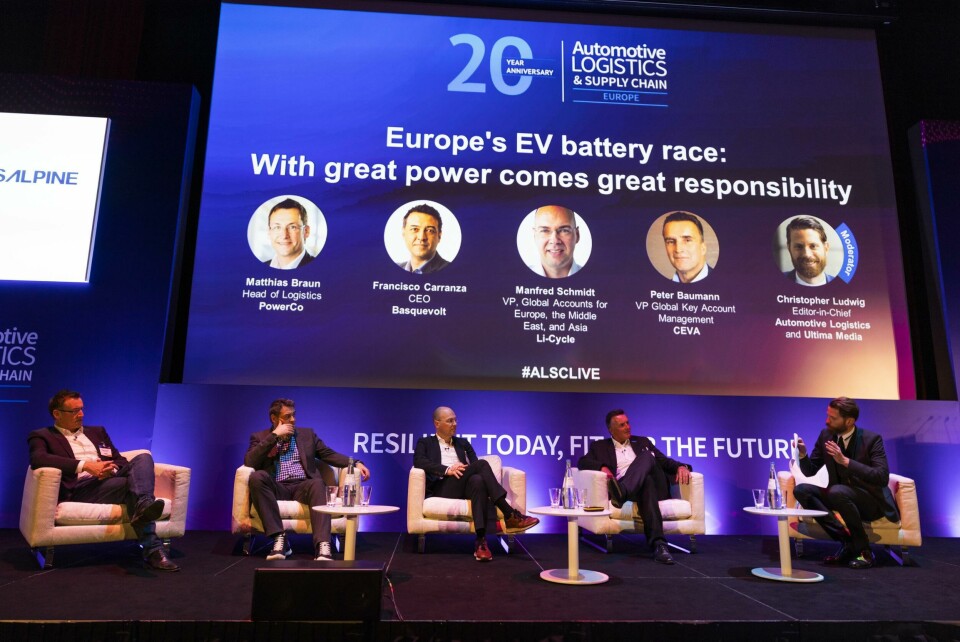
Bringing battery production in Europe up to speed
-
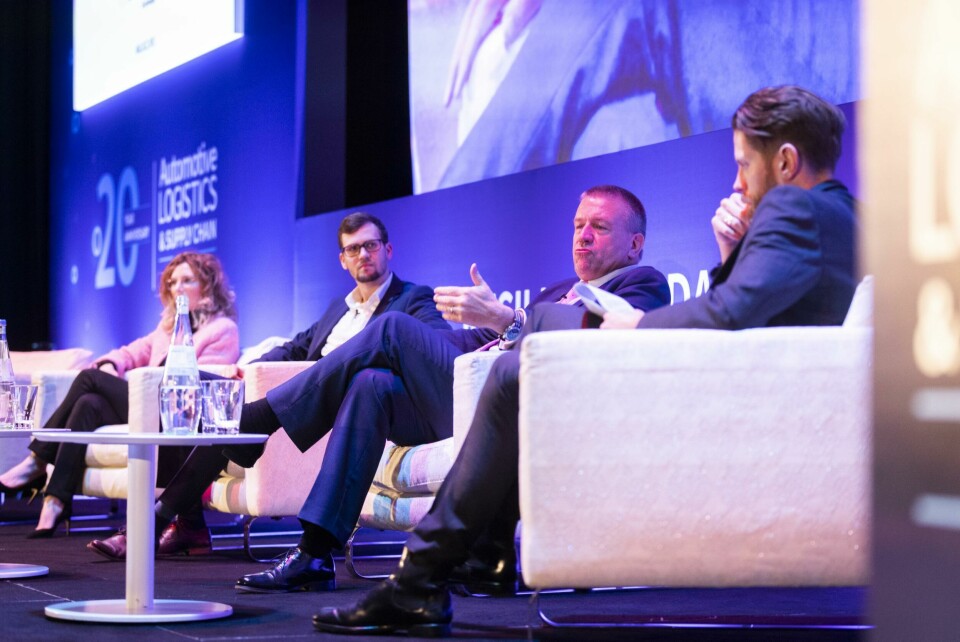
Digital clouds on the horizon for finished vehicle logistics
-
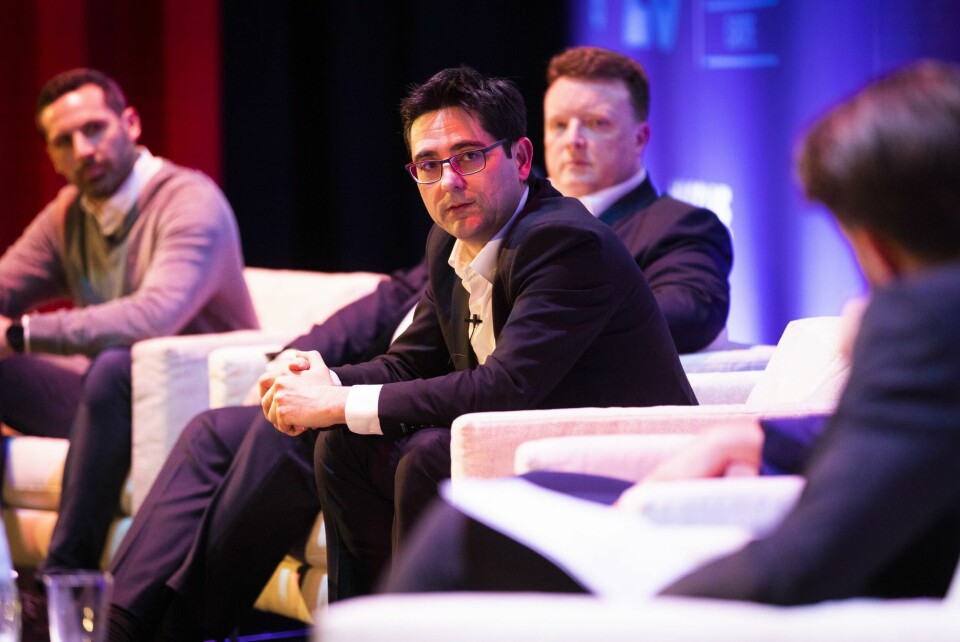
Renault and Bosch reap the benefits of digital investments
-
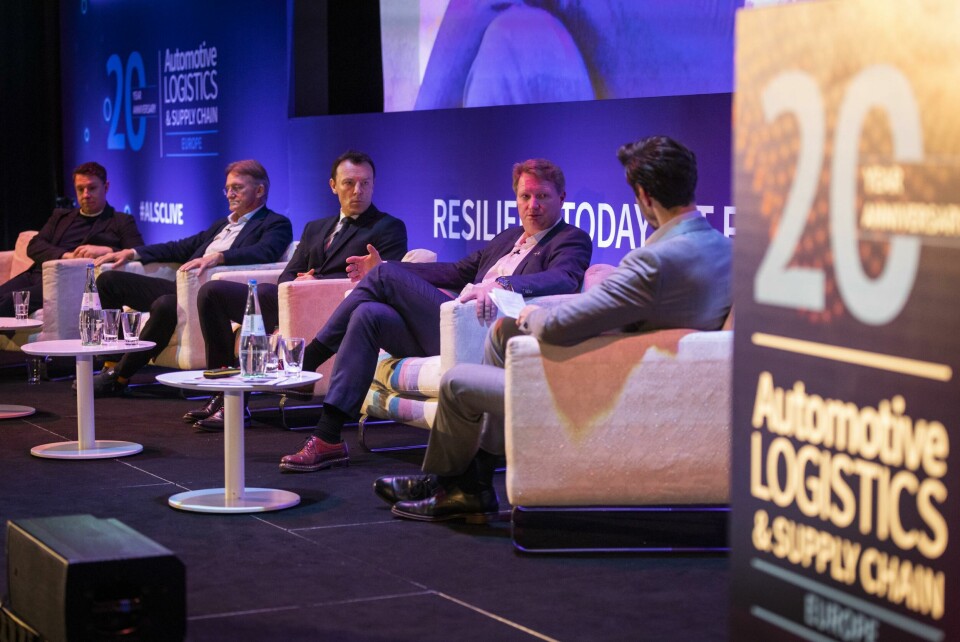
Supply chain needs its own movement in the C-suite
-
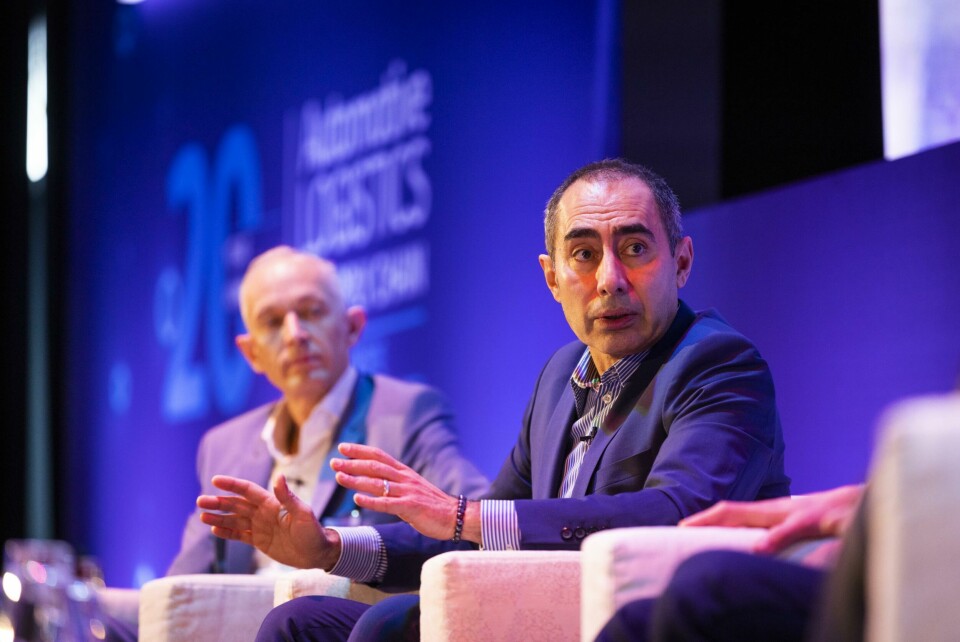
Carmakers and tier ones need better supply chain alignment
Speakers at this year’s Automotive Logistics and Supply Chain Europe conference were looking at a painful couple of years before the outbound capacity shortage began to improve across road and ocean, and potentially longer for rail in Europe, thanks to ongoing network disruption in Germany.

Mike Sturgeon, executive director of the Association of European Vehicle Logistics (ECG), said the finished vehicle sector was a long way from where it used to be in terms of efficiency and there were no short-term solutions to the lack of transport capacity across the modes.
Sturgeon said there was an urgent need for more road haulage equipment but that the current lead time for a truck was 15 months, and at least that long for the actual trailers. The number of road transporters lost to production over the last three years is somewhere between 3,000-4,000 and less than half of the required output volume was produced last year.
“The four main producers in Europe were building over 3,000 units a year before Covid,” said Sturgeon, adding that was just the normal replacement cycle. “Last year it was less than half of that and the people they used to employ to build them are gone. You can’t turn the switch back on overnight. That is why we have the lead times we have today.”
Ro-ro room
Likewise, there was a drastic lack of ro-ro capacity on the ocean side, with only 12 ro-ro vessels due to be delivered in Europe this year. That is likely to increase to 46 vessels in 2024 and 2026, pushing the market back into oversupply the following year. In the meantime, however, the tightness in capacity is causing widespread concern.
Giulia Gherardi, global head of outbound logistics at Volvo Cars, said deep-ocean vessel capacity had been a big problem since April 2022.
“If you ask me what I see going ahead, I look at one KPI – the number of vessels being introduced to the water,” she said. “As soon as that KPI increases I will feel more relaxed but for the next two years it is going to be tight.”
Sturgeon said the situation will look more balanced by 2025 but the movement of vehicles by rail would take longer to fix, mainly because of the disruption to the rail network in Germany. As previously reported, extensive renovation work on the German rail network, which began in 2022 but will take ten years to complete, is disrupting the movement of freight and has reduced available capacity for goods movements by more than a third. At the same time the transport of energy and war shipments is taking priority over automotive freight.
That situation is forcing more vehicles onto road at time when assets and labour are in short supply, a situation being further hampered by directly leasing of equipment by certain OEMs, which means backhaul capacity is taken out of the market.
Digital leverage
According to Sturgeon, the only thing that will be effective in the short term is to ensure that existing assets across the modes of transport are used as efficiently as possible.
At Volvo that means leveraging digital tools that provide visibility into the outbound network.
“We need a rethink on logistics and to leverage digital tools for as much transparency as possible,” said Gherardi. “It is clear we can’t compromise on delivery precision. We need to be able to identify bottlenecks early and act upon them.
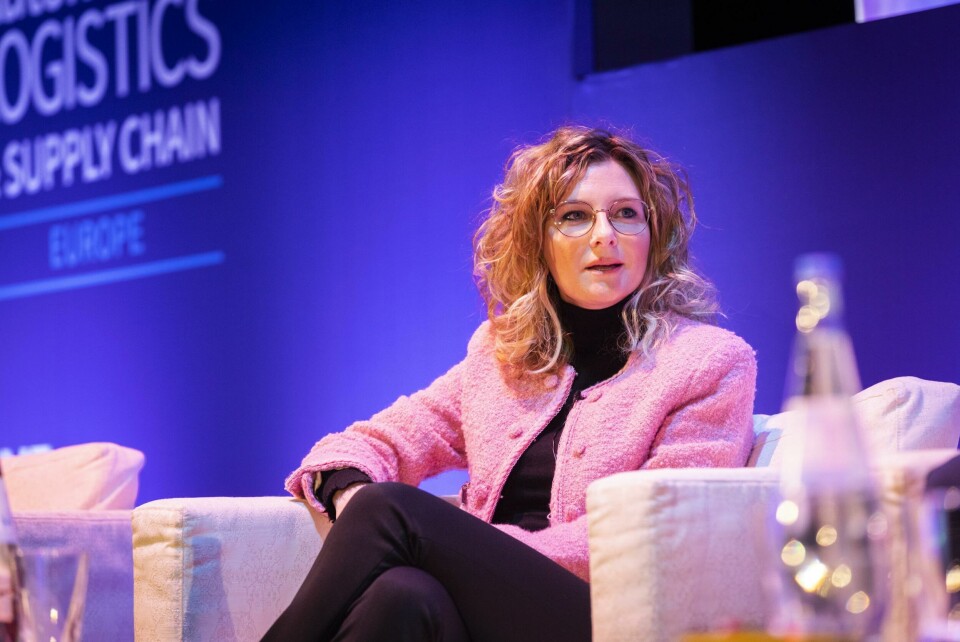
Gherardi said that equipping teams with the best technology would support them at a demanding time and control the risk of them ‘burning out’.
“We have teams that are constantly firefighting [and doing that] for years is challenging. It’s no wonder we don’t attract talent, so we need to be sure they have tools they can relate to and have fun working.”
Dennis Feddern, head of yard and workshop solutions, at software optimisation expert Inform, said automated replanning and mathematic optimisation of volume movements in the face of capacity shortages a good way of maintaining efficiency. Carmakers and transport providers get heavily involved in manual transport planning if available capacity drops by 50%. What is important is to move the right cars at the right speed and avoid the sort of ‘traffic jam’ effect that comes with braking and accelerating vehicle distribution.
According to Feddern, with automated replanning the system identifies the best scenario for delivery, maximising on-time delivery of sold vehicles and providing greater agility in coping with disruption.
Over the Horizon
One area of innovation that Volvo Cars is using to make the delivery of vehicles more efficient and minimise waste is through its Over the Horizon planning strategy, which aims to carry out transport planning for a vehicle with a 48-hour advance on its arrival at the point of departure.
“We try to make sure all the planning elements can be done before the car becomes available,” said Gherardi. “Why wait for the vehicles to be nicely lined up on the lane and then call for transport. Why don’t we do it 48 hours before?”
That again relies on outbound supply transparency and close connections with Volvo’s transport and logistics providers.
The development of more agile tools for the delivery of Volvo’s products is helping the company on its path to new distribution models, including online sales.
“For outbound that means a transformation,” said Gherardi. “Not just network design and new capabilities in the compound, and digital transformation, I’m talking about a mindset shift in the team from reactive operational organisation to a much more proactive and data driven one. That is what I love about my job and I’m excited to see what it will bring.”






